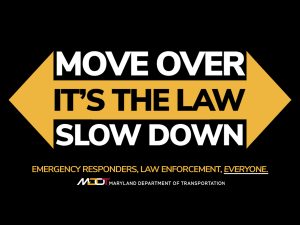Pedestrians are at a serious disadvantage when they are involved in motor vehicle accidents. Even when a pedestrian is struck by a slow-moving vehicle, serious injuries and fatalities can occur. This includes people who are hit while walking, running, standing or simply getting out of their vehicle. The risk of serious pedestrian injury and fatality increases the faster the vehicle involved is going.
In Maryland, roughly 3,000 traffic accidents a year involve pedestrians. Over the last five years, on average, 125 people die annually in Maryland pedestrian accidents involving at least one motor vehicle.
Zero Deaths Maryland — a public safety initiative of the Maryland Department of Transportation (MDOT) Motor Vehicle Administration — compiles data related to all traffic crashes in the state. The top causes and contributing factors in Maryland fatal pedestrian accidents are as follows:
 Maryland Injury Attorney Blog
Maryland Injury Attorney Blog


